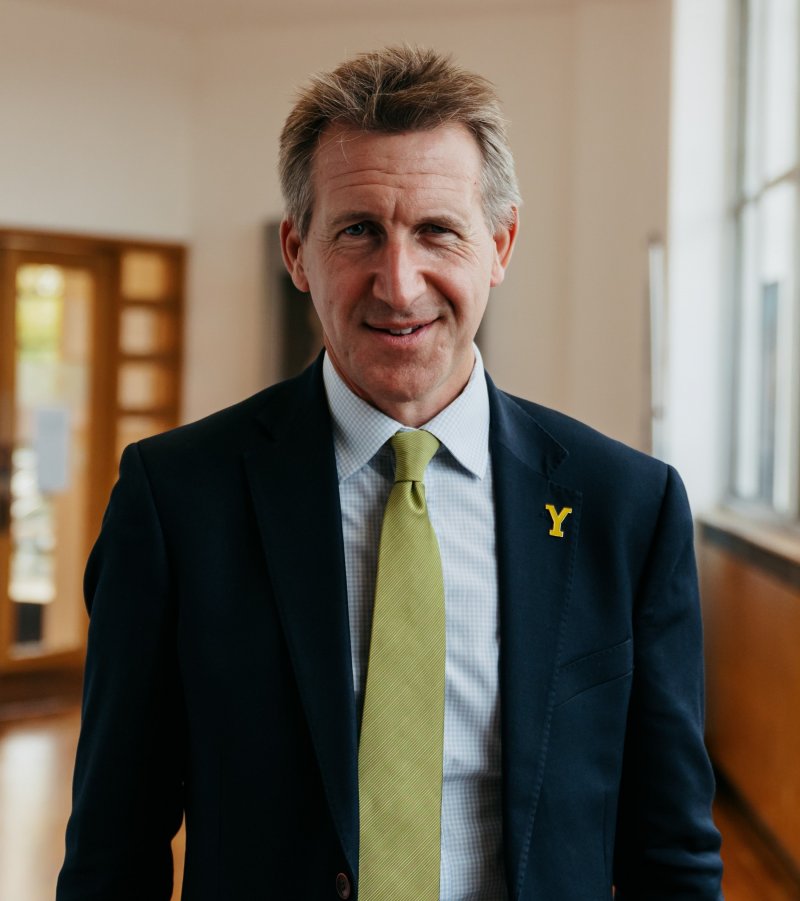From the famous Barnsley Markets to our award-winning parks and green spaces, I find myself continually captivated by the unique character of our town and the beauty it contains.
Yet, among the many characteristics that contribute to Barnsley’s charm, often overlooked are the diverse dialects that colour our conversations.
The beauty of our local dialects lie not only in how they sound, but in the stories and traditions they embody. They’re a living reflection of the people who have called our corner of God’s Own County home for generations and link our storied history to the present day.
Like many parts of Yorkshire, Barnsley’s accents and dialects have been shaped by both our industrial heritage and our town’s Viking, Norse, and Roman roots, resulting in unique ways of speaking that each epitomise the strong, proud character of our borough.
But even within the borough, our towns and villages have unique differences when it comes to dialect and heritage.
Take Royston folk for example - if you listen very carefully, you can sometimes just make out a Staffordshire twang in some words, which dates back to the 1890s when Black Country miners moved to the village to work down the Monckton collieries.
Grimethorpe is another example. The name of the village originates from Grim’s Torp, which was used to describe a hamlet owned by a Viking named Grimey. It’s incredible to think that we still use that Viking connection and its associated language in our dialect today.
Yet for all the positives, our local dialects are not without challenges. In an increasingly interconnected world, the pressure to drop accents and to speak more softly threatens to erode the unique heritage that helps define us.
It is up to us, as custodians of our community’s identity, to ensure that Barnsley’s dialects continue to thrive and flourish for generations to come.
We already have some excellent champions who do just that, like Shaun Dooley, Dr Joann Fletcher, Dickie Bird and Ian McMillan who I could listen to ‘til the cows come home.
Even when their careers took them far from Tarn into London studios, Egyptian archaeological sites, and Australian cricket grounds they never lost their local twang or the pride that goes with it.
One way we can all help preserve and promote our dialects is by embracing them in our everyday lives. Whether it’s using traditional expressions in conversation or passing down words and phrases to the next generation, each of us has a role to play in keeping local dialects alive.
So, the next time you hear a local twang echoing through the streets of our town, take a moment to appreciate the rich tapestry of culture and history that it represents.
Together, we can ensure that the distinctive character of our dialects continue to resonate for generations to come.



























